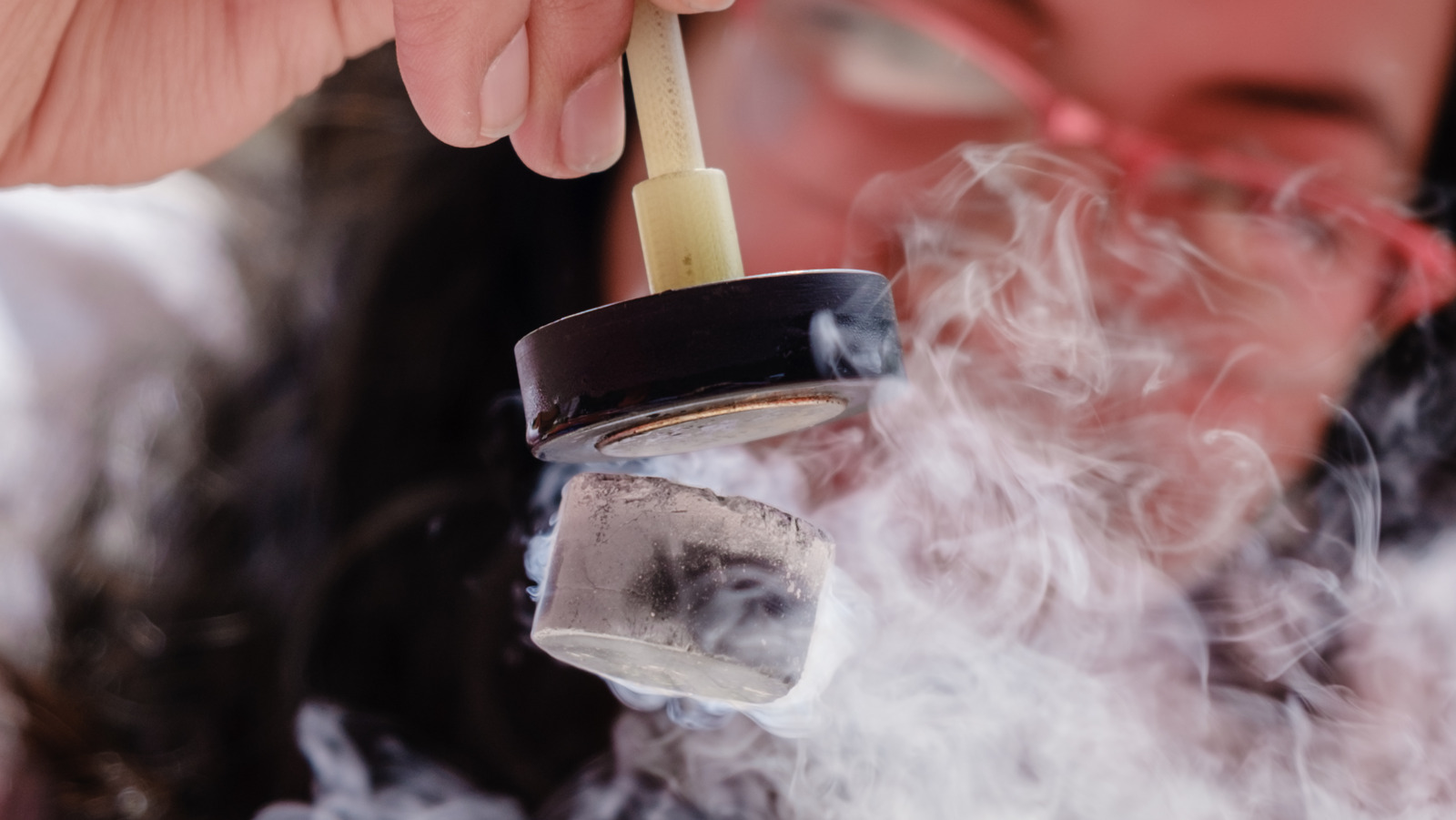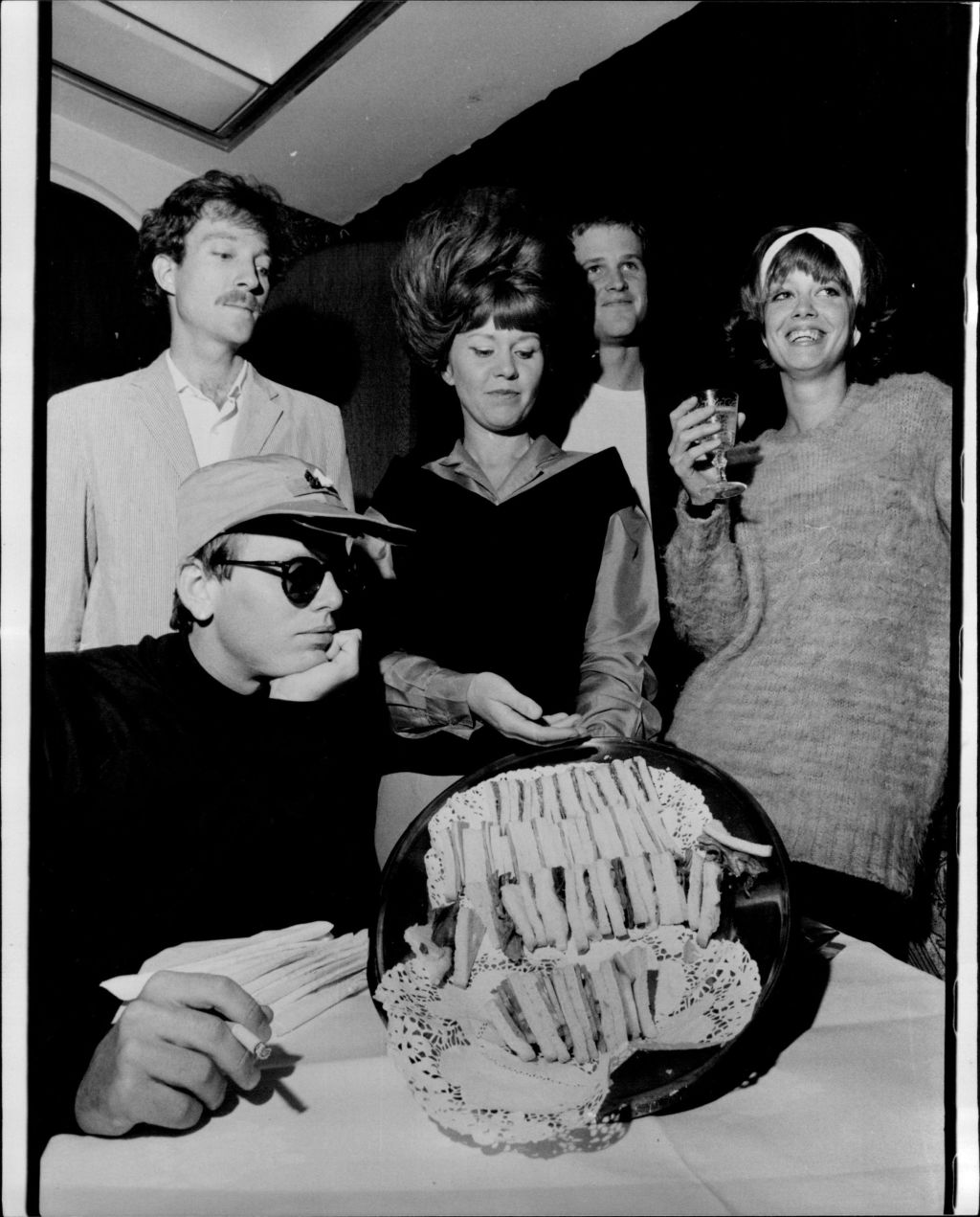
Why Scientists Can’t Agree On Viral Room-Temperature Superconductor LK-99 – SlashGear
For years, achieving superconductivity at ambient room temperature was considered an unattainable dream, and the holy grail for physicists worldwide. However, new findings by a group of South Korean scientists may shatter this long-held notion. It’s been less than a week since a set of pre-print papers published by Sukbae Lee, Ji-Hoon Kim, and Young-Wan Kwon sent shockwaves around the world, claiming that the team formulated a lead-based compound called LK-99 that exhibits superconductivity at ambient room temperatures and pressures.
What made the group’s claims even more outrageous was that they did not have to scrounge for expensive, super-rare materials to achieve room-temperature superconductivity. On the contrary, the team used a widely available lead-based compound to accomplish this. This breakthrough superconductor has the potential to revolutionize the field of condensed matter physics and even open up a new era of technological advancements that would significantly impact our lives.
As the scientific world comes to terms with the bold claims made by these new findings, researchers worldwide are already working to unearth the truth. As with similar claims in the past, the development has divided people into separate camps. While some experts have asserted that the development marks a significant step forward in the field of superconductivity, others have dismissed the story as yet another instance of fabrication and deceit. There is a third category of people taking a more measured approach and awaiting data from other teams before expressing their opinion on these latest superconductivity claims.
Why is superconductivity at room temperature such a big deal?
 Wanganqi/Getty Images
Wanganqi/Getty Images
Superconductors are materials that conduct electricity with zero resistance. As a result, these materials can carry massive amounts of current without losing energy. For several decades, the established belief was that conventional superconductors require super low (cryogenic) temperatures and extreme pressures to exhibit their remarkable properties. This requirement alone made any large-scale usage of superconductors impossible, given the massive amount of energy that would be needed to simply keep them cooled.
For the same reason, the ability to create room-temperature superconductors would be a major breakthrough for physicists across the globe, as it would eliminate the need for expensive and complex cooling systems. Besides opening up a path to make superconductors more widely available and affordable, the development could pave the way for transformative technological applications.
The potential applications of room-temperature superconductors are vast. They could revolutionize numerous industries, from energy transmission and storage to electronics and transportation. For example, superconductors could minimize power loss during energy transmission, making the global electrical grid more efficient while reducing the carbon footprint. They could also usher in a new age of quantum computers and revolutionize our electronic gadgets, making them more compact and immensely more powerful. Additionally, room-temperature superconductors could enable the development of new medical imaging devices that are more powerful and less invasive.
Scientists are still trying to verify the claims
 SeniMelihat/Shutterstock
SeniMelihat/Shutterstock
The South Korean researchers’ claims have been met with both skepticism and optimism. Some experts have expressed caution, saying that the results need to be replicated by other teams before they can be confirmed. Others have welcomed the work, calling it a significant step forward in the field of superconductivity.
The main concern about the South Korean researchers’ work is that their results have not yet been independently verified. While this is a common issue with pre-print research papers, which are not yet peer-reviewed, the study has also been criticized for lacking several crucial details. However, the authors of the papers came forward and said that their thesis was still incomplete and that they hadn’t intended to publish it at this time.
First claimed successful replication of LK-99
Accomplished by a team at the Huazhong University of Science and Technology and posted 30 minutes ago.
Why this is evidence:The LK-99 flake slightly levitates for both orientations of the magnetic field, meaning it is not simply a… pic.twitter.com/bh0x9oqaz2
— Andrew Cote (@Andercot) August 1, 2023
With that said, there have also been some early reports indicating that the outrageous claims made by the Korean team could, indeed, turn out to be accurate. Given the relatively easy availability of the materials needed to verify this particular claim of room temperature superconductivity, it may not take long for researchers to conclusively establish whether or not the Korean researchers are right. Regardless, there is no denying that their work has raised the excitement level in the field of superconductivity and superconductive materials in general.








































